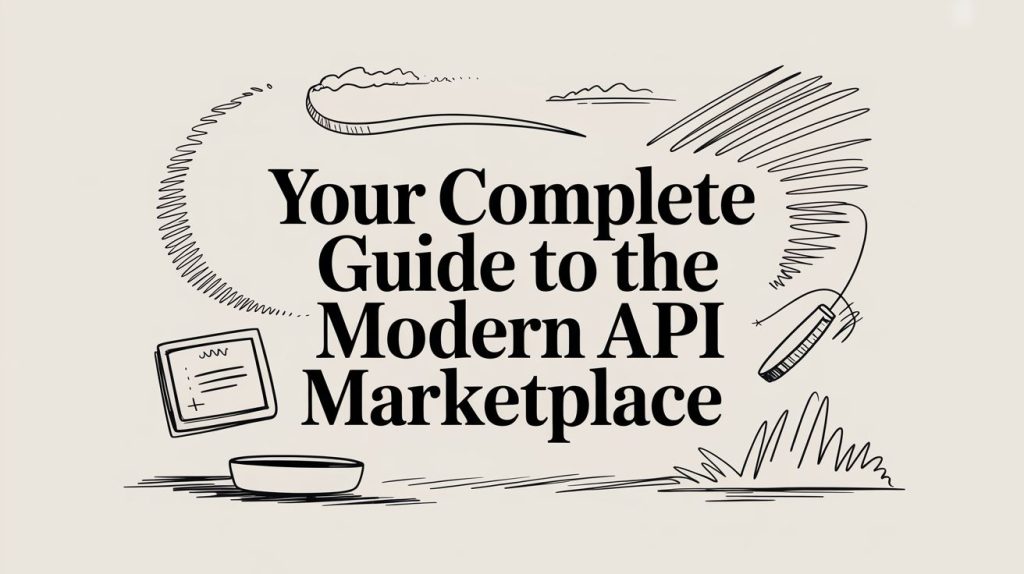
Since 2012, our team has been providing a unified shopping cart API for dozens of B2B eCommerce software vendors. Over these five years, API2Cart has already processed over 700 million API requests, connected more than 30K stores, integrated with over 40 shopping carts and marketplaces, and found a formula for integration success.
While the overwhelming amount of managerial tricks and hints is exclaimed from the overwhelming amount of managerial bestsellers, we have desired to share insights driven from our own experience for the benefit of everyone involved in the integration-building process. If only we knew back then what we know now...
Lesson 1. Know Your Goal
The foundation of any integration is to set a clear goal which will unambiguously define the expected results. Before anything else, answer this question: What do you expect from this integration? Are you seeking for new customers? Are you attempting to engage the existing audience? Both your approaches and final effects will differ depending on whether you strive to save costs, improve the user experience or expand the market share.
Frequently dreams about quick profits mislead entrepreneurs to build a bunch of custom features just to close the deal. Nevertheless, it doesn’t necessarily promise fulminant success. There is a difference between the market needs and a single customer’s needs.
Lesson 2. Bear in Mind the Hidden Costs
The it-just-works approach does not justify itself in the software industry, especially in the case of API integrations. Developing even a single integration is a very resource-consuming process. It requires at least two 2-week sprints or one month to build and an eternity to maintain and support. Just a quick change here and a small fix there, they say. However, it’s never quick and never small.
Developing and maintaining multiple integrations internally may turn out to be penny wise and pound foolish. Hidden costs are awaiting in the most unexpected places, yet ignoring them won’t ever help you save money.
Lesson 3. Market Your Integration
There is hardly anything more frustrating than to realize a bunch of skilled engineers spend weeks or even months to develop a high-quality integration and meet the goal only to have no one ever use it. Oftentimes, engineers get so obsessed with building The Thing that they barely forget to explain it to the rest of the world.
Marketing isn’t solely for marketers; it is for everyone who strives to earn a position on the market. It shouldn’t turn into the trite term, though. Marketing is what brings success to the product.
Sometimes it can be as simple as just letting your customers know that the integration exists. Think forehead about the launch plan. Depending on your goal (return to the first lesson), use the right way to market your integration. Decrease confusion for the user, put the answers to the places where the questions are asked.
Lesson 4. Don’t Reinvent the Wheel
Integration is hard. It requires a wide variety of programming skills and investing much time. Unless your main company product is integration, maintaining them will be continuously distracting from your core company’s activities.
The world is changing with each eye blink, and the only way to feel the pulse of the ubiquitous tension is to automate what can be automated, and delegate what can be delegated. Focus on solving the right problem, not the hard problem. Do not pay for complexity and confusion, let the professionals handle what they are best in.
The iPaaS market offers various ready-built and unified integrations that cover the majority of business needs. Just pick up the one that matches your needs and goals the most. Not only will it save your time, money and honey, but also, as a consequence, this will help you reach new audience. Offering an integrated product will attract customers who use different software.
Final Thoughts
Everyone benefits from a well-done integration. Each time our team develops integration, we strive to make it worthful. However, building a good API connection is far beyond writing solid code. You have to be an analyst, a marketer, a support assistant, a designer, a manager. You have to stay patient, creative, constantly improve, and simplify. Above all, you have to align the integrations with the company’s priorities.



